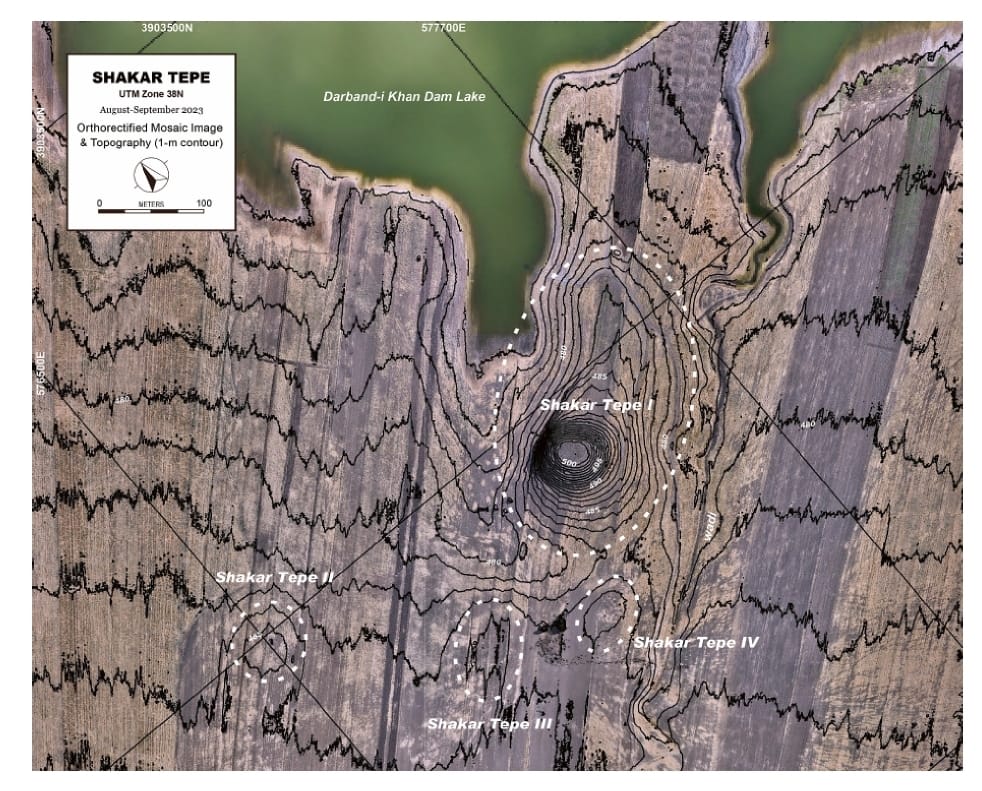Gird-î Qalrakh: a small mound in the North-eastern Shahrazor Plain

Gird-î Qalrakh: a small mound in the North-eastern Shahrazor Plain
The site of Gird-î Qalrakh is a small but steep settlement place in the North-eastern Shahrazor-Plain. It was excavated in three seasons (2016, 2017 and 2019), the fourth season 2023 has just started. The archaeological discovery will be carried out jointly by the Slemani Archaeological and Heritage Directorates, along with two universities (University of Erlangen and University of Frankfurt), in Gridi-Kazhaw and Qalrgh. It will continue for years.
The excavations have produced rather unexpected archaeological results, dating in particular to the Parthian-Hellenistic and Sasanian periods. Most unusual is the evidence for textile production at Qalrakh in association with finds of elaborate sealing at the top of the mound. The lower top levels have revealed some solid occupation in pre-Sasanian times, which is currently under investigation. Current research focusses on the Sasanian phase, in particular on the overall Sasanian-period settlement system in the Shahrazor Plain and in relationship to places in North-western Iran.
Seal impression B-1158-2682b with jumping goat-fish.



